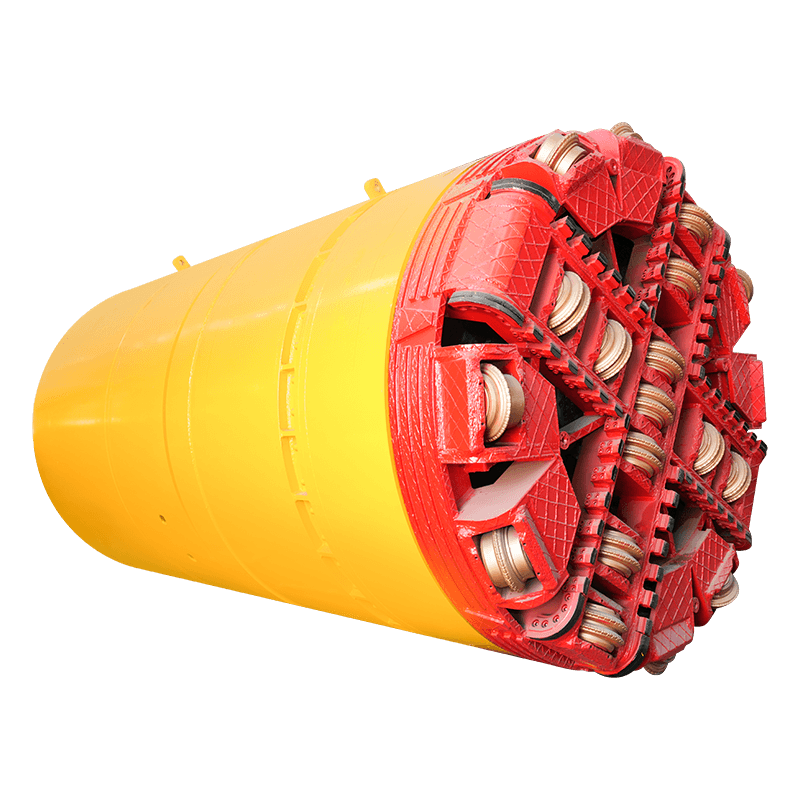Pipe Jacking Machines: A Modern Solution for Urban Growth
Urban areas face a unique set of challenges when it comes to construction. With dense populations, limited space, and a constant flow of traffic, traditional excavation methods are often impractical. This is where Pipe Jacking Machines come in.
Unlike conventional methods that require large trenches and extensive excavation, pipe jacking is a trenchless construction technique that allows for the installation of pipelines and sewers beneath busy roads, railways, or even buildings. By pushing pipes into the ground using hydraulic jacks, these machines reduce the need for surface disruption, ensuring that cities can continue to function while critical infrastructure is being installed.

Key Benefits for Urban Development
Minimizing Surface Disruption: One of the primary advantages of using Pipe Jacking Machines in urban settings is the minimal disruption to the surface. Traditional excavation can lead to traffic congestion, road closures, and significant inconvenience for residents and businesses. Pipe jacking eliminates the need for extensive digging, allowing normal activities to continue with minimal interruption.
Faster Installation: Pipe jacking is typically faster than traditional methods of pipe installation. The speed of the process is a crucial factor in urban construction, where timelines are often tight, and any delays can lead to increased costs and project extensions.
Cost Savings: By reducing the amount of surface disruption and the need for extensive excavation, Pipe Jacking Machines help lower the overall costs of construction. Additionally, the reduced need for traffic management and road closures can result in further savings.
Environmental Benefits: Urban construction projects are under increasing scrutiny for their environmental impact. Pipe jacking is considered more environmentally friendly than traditional excavation because it produces less noise, vibration, and dust. Additionally, the minimal disruption to the surface means less harm to local ecosystems and habitats.













 English
English  русский
русский  عربى
عربى 







